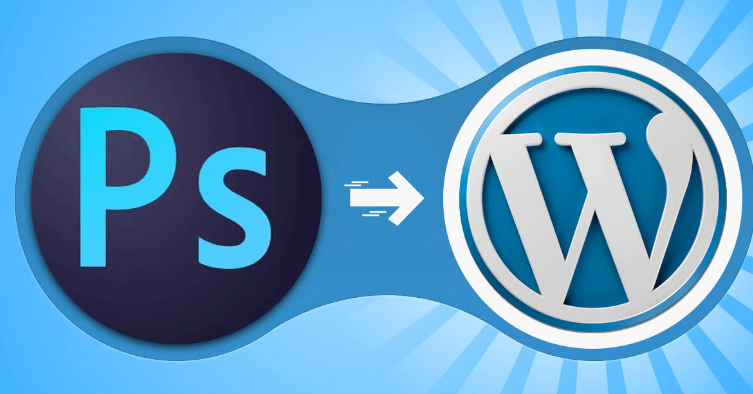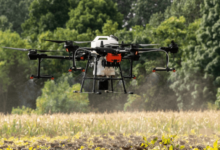PSD to WordPress: A Comprehensive Guide

Are you looking to convert your PSD (Photoshop Document) design into a fully functional WordPress website? If so, you’re in the right place! In this guide, we’ll walk you through the process of converting your PSD files into a pixel-perfect WordPress website.
Understanding PSD to WordPress Conversion
PSD to WordPress conversion involves the transformation of a Photoshop design file (PSD) into a WordPress theme. This process allows designers and developers to create custom, visually appealing WordPress web design that are powered by the robust functionality of the WordPress platform.
Why Convert PSD to WordPress?
Converting your PSD design to WordPress offers several benefits, including:
Flexibility: WordPress provides a highly customizable platform, allowing you to implement your design vision with ease.
SEO Friendliness: WordPress websites are inherently SEO-friendly, helping improve your site’s visibility on search engines.
Scalability: With WordPress, you can easily expand your website’s functionality as your business grows.
User-Friendly Interface: WordPress offers an intuitive admin dashboard, making it easy for website owners to manage their content.
The PSD to WordPress Conversion Process
1. Slice the PSD File: The first step in the conversion process is to slice your PSD file into individual design elements, such as headers, footers, and content sections. This ensures that each component can be accurately translated into HTML and CSS code.
2. Create HTML and CSS Markup: Once the PSD file is sliced, the next step is to code the design elements using HTML and CSS. This involves structuring the layout and styling the components to match the original design.
3. Break HTML into WordPress Theme Files: After creating the HTML and CSS markup, the code is broken down into WordPress theme files, including header.php, footer.php, index.php, and style.css. This process involves integrating WordPress-specific functionalities and template tags into the code.
4. Add WordPress Functionality: With the theme files in place, the next step is to add WordPress functionality, such as dynamic content, widgets, and custom post types. This allows you to leverage the full power of WordPress and create a dynamic, interactive website.
5. Test and Debug: Once the conversion is complete, it’s essential to thoroughly test the WordPress theme across different browsers and devices to ensure compatibility and responsiveness. Any bugs or issues should be addressed promptly to ensure a seamless user experience.
Read also iphonegeeksus : Your Ultimate iPhone Companion
Best Practices for PSD to WordPress Conversion
Optimize Images: Compress and optimize images to improve page load times and enhance performance.
Use Semantic HTML: Use semantic HTML tags to improve accessibility and SEO.
Follow WordPress Coding Standards: Adhere to WordPress coding standards to ensure compatibility and maintainability.
Implement Responsive Design: Create a responsive design that adapts to various screen sizes and devices.
Conclusion
Converting your PSD design to WordPress can seem like a daunting task, but with the right approach and attention to detail, it can be a rewarding experience. By following the steps outlined in this guide and adhering to best practices, you can create a stunning, functional WordPress website that reflects your unique brand identity.








